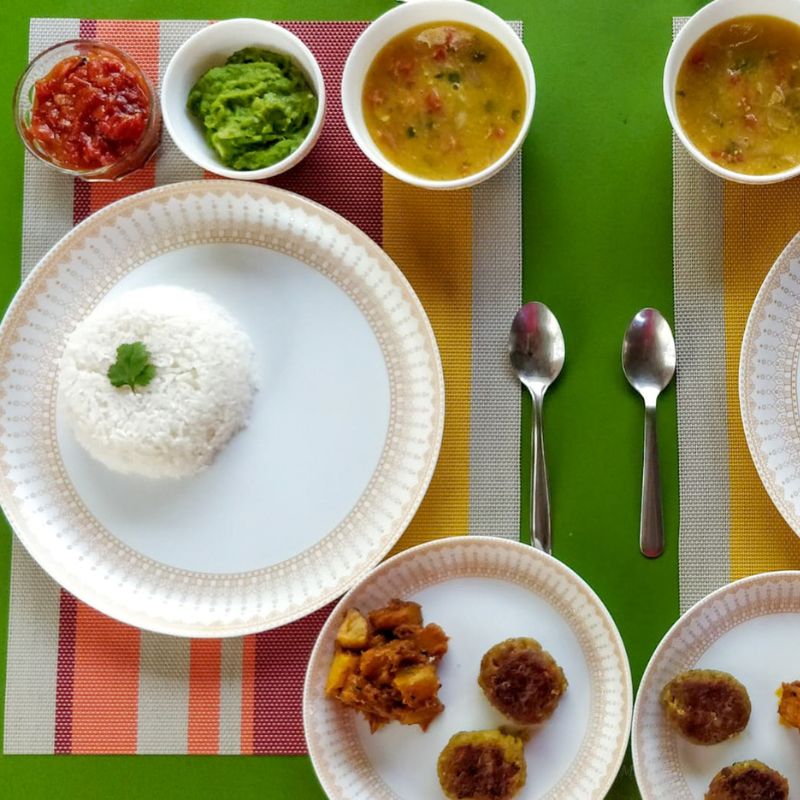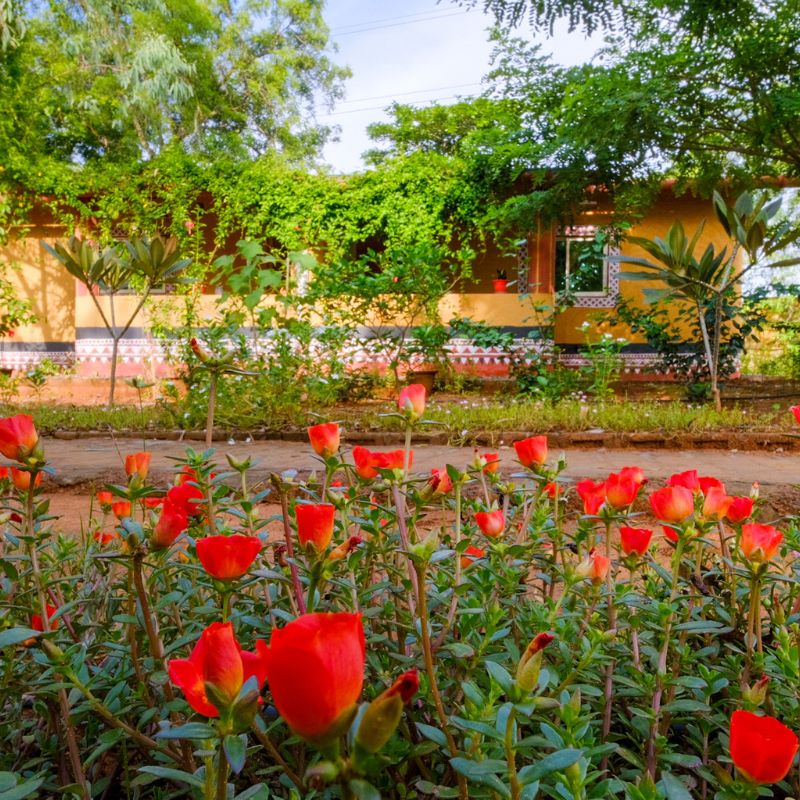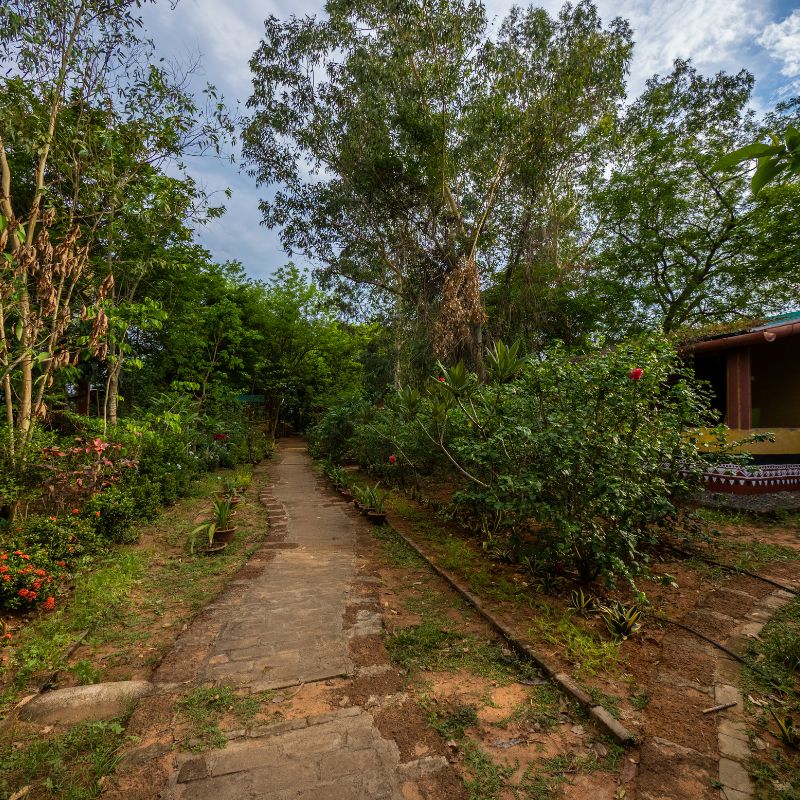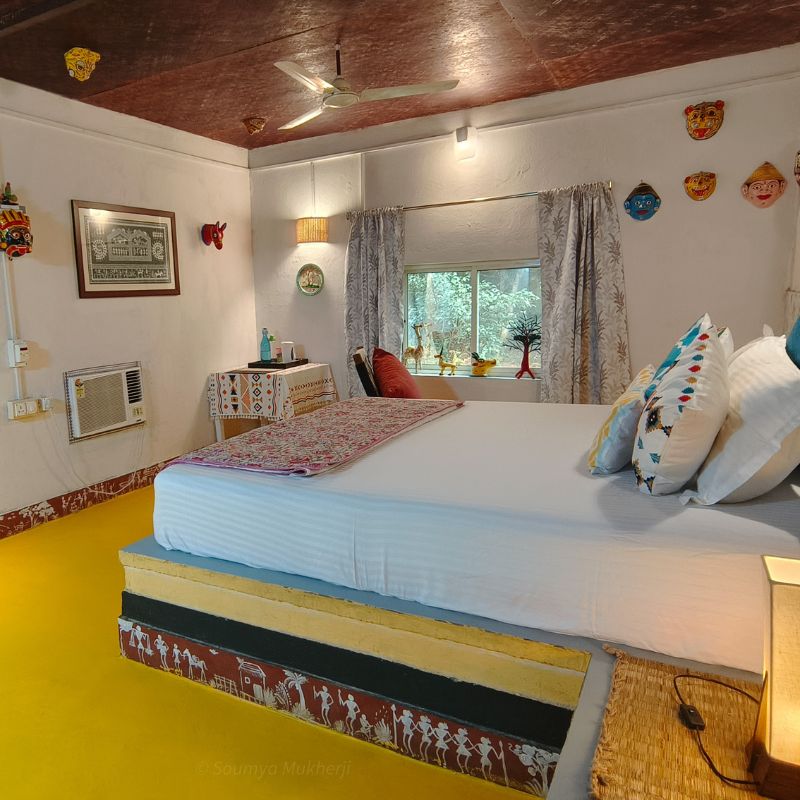Mangalajodi: A Story of Birds, Wetlands, and Community Conservation
- Blogs
- September 2, 2025
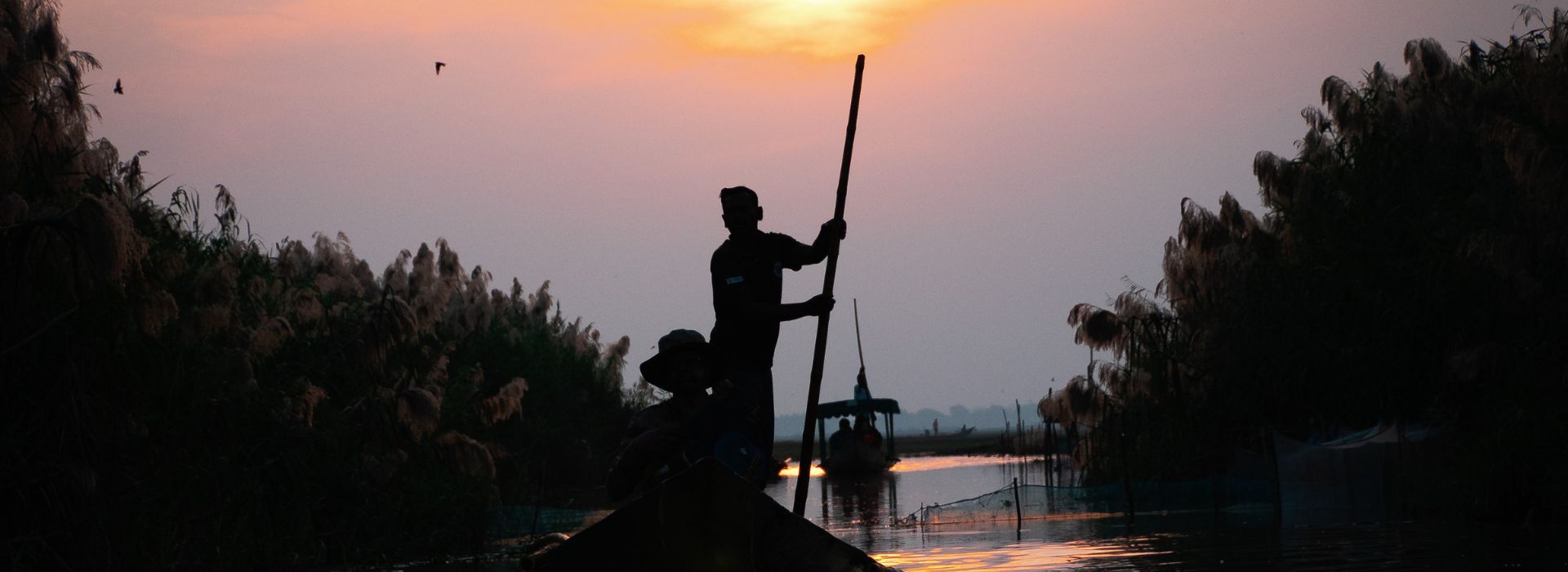
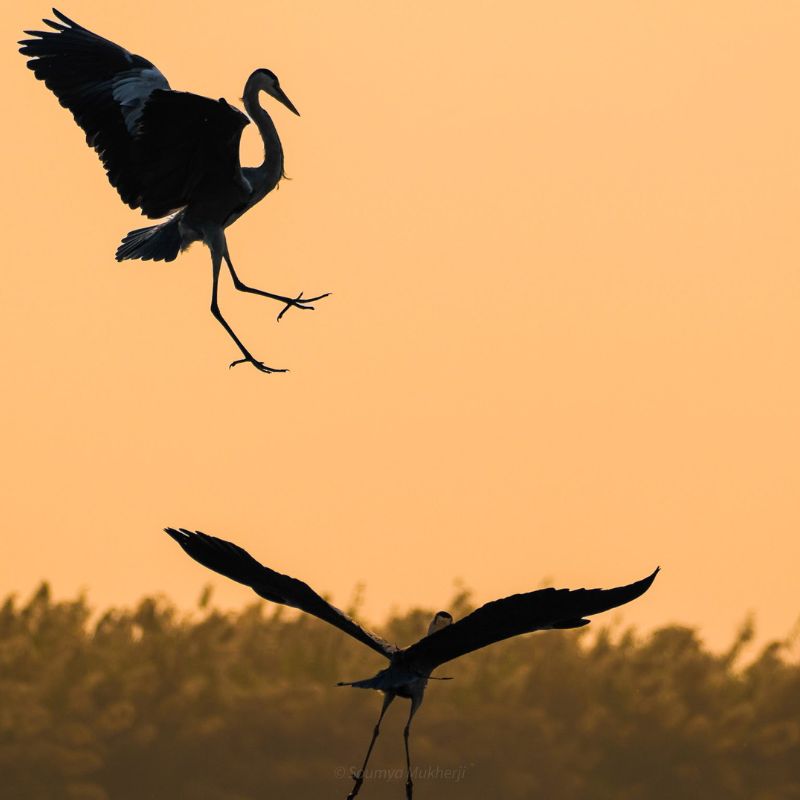
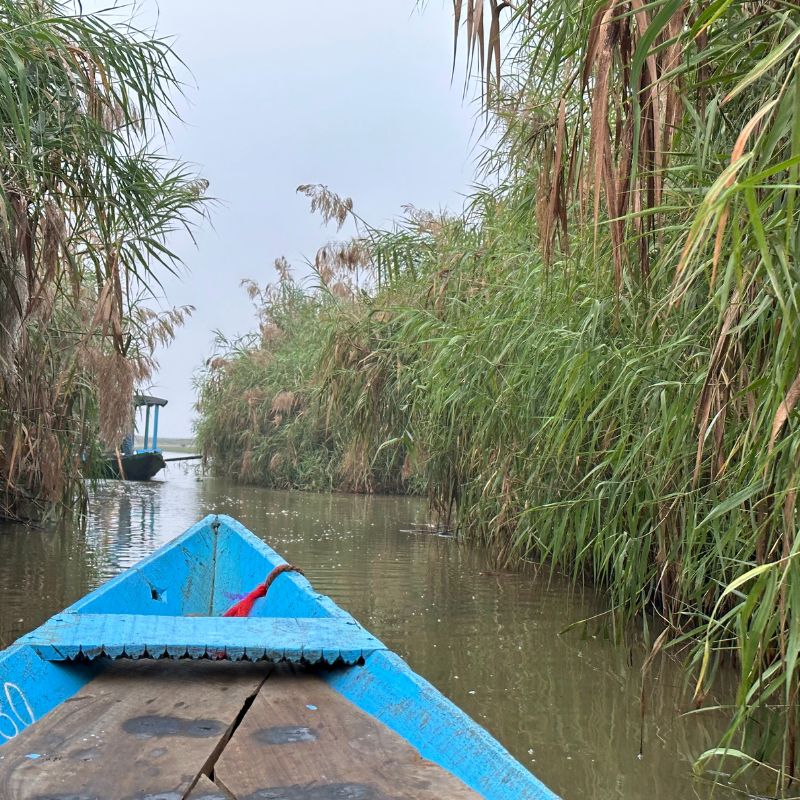
About our guest blogger
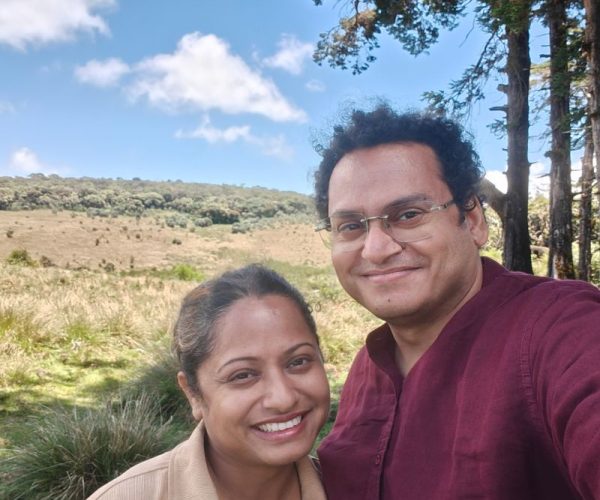
Exploring Odisha with AEJ
At Arth Explorative Journeys, we believe a stay like this is just the beginning of what Odisha has to offer. That’s why we collaborate closely with Soumya, the host of this retreat, to design immersive itineraries around Bhubaneswar and beyond. Together, we weave in experiences that connect you to Odisha’s living traditions—whether it’s temple walks, craft village visits, or time spent in the wetlands of Mangalajodi with its incredible birdlife.
To bring these experiences to life, your journey can begin at this thoughtfully designed ecostay near Bhubaneswar, where comfort, craft, and nature meet.
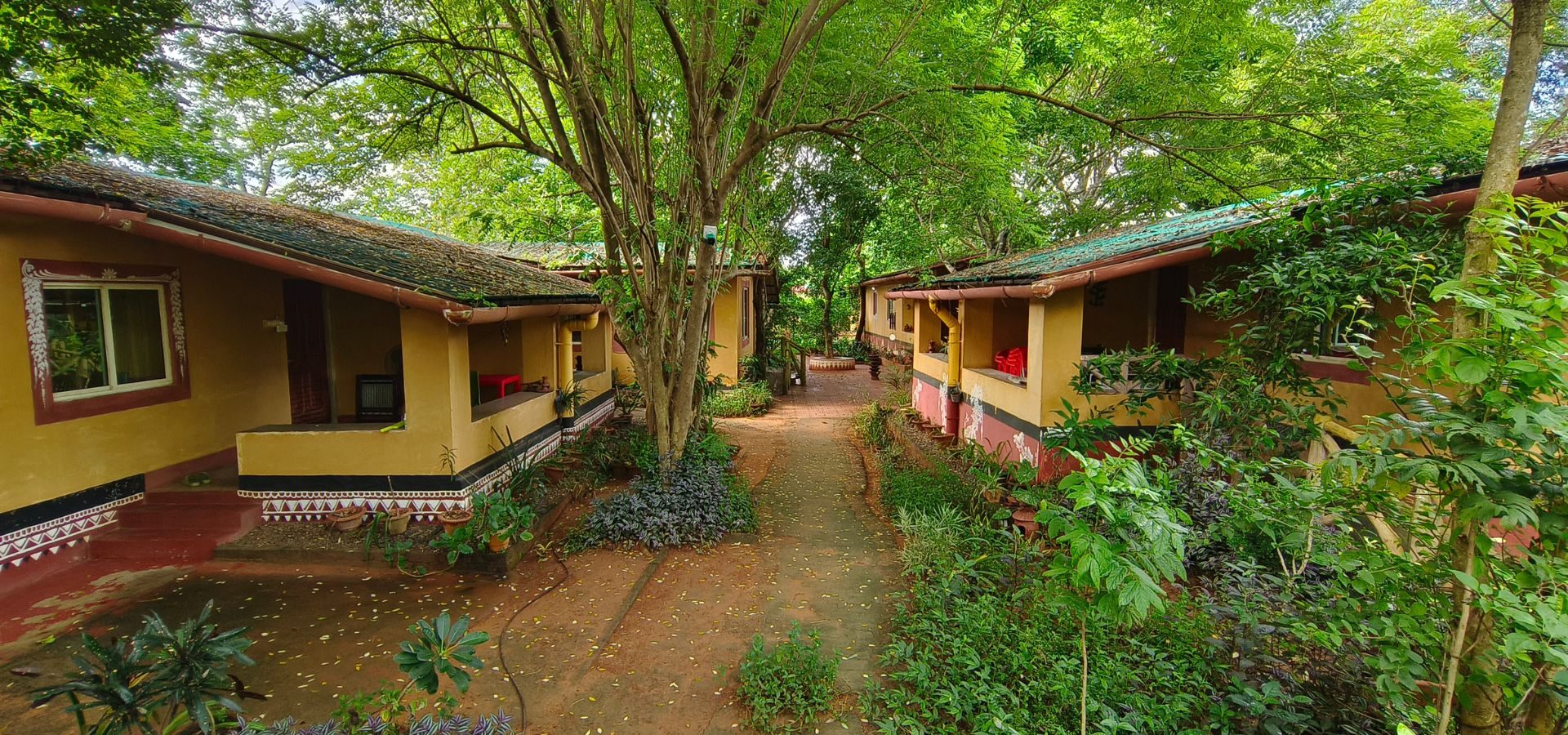
Visit Mangalajodi from this Ecostay
Tucked away on the edge of a forest near Bhubaneswar, this ecostay feels less like a resort and more like a slow journey back to nature. Handcrafted cottages take their cue from tribal homes and are built around trees rather than replacing them. The setting is alive with orchards and birdsong, while interiors celebrate Odisha’s artistry through textiles, scroll paintings, and traditional craftwork. Sustainability is part of everyday life here—rainwater harvesting, greywater reuse, and a thoughtful ban on plastic keep the footprint light. What makes the experience truly special, though, are the hosts, whose warmth and hospitality shine through in every detail. Their focus on uplifting local communities and artisans adds depth to the stay, making each visit not just restorative for travellers but meaningful for the region as well.
Good to know
Drive time from the ecostay: 1.5 hours
Bookings and more info
Planning a trip to Mangalajodi or looking to stay at this ecostay? Book through our blog, and we’ll cover one home-cooked meal during your stay — our way of making your experience a little warmer, a little more memorable.
📅 Valid for stays Oct–Dec 2025 only.
🔑 Code: AEJSEH25
**Exclusive perks only when you book through AEJ.
